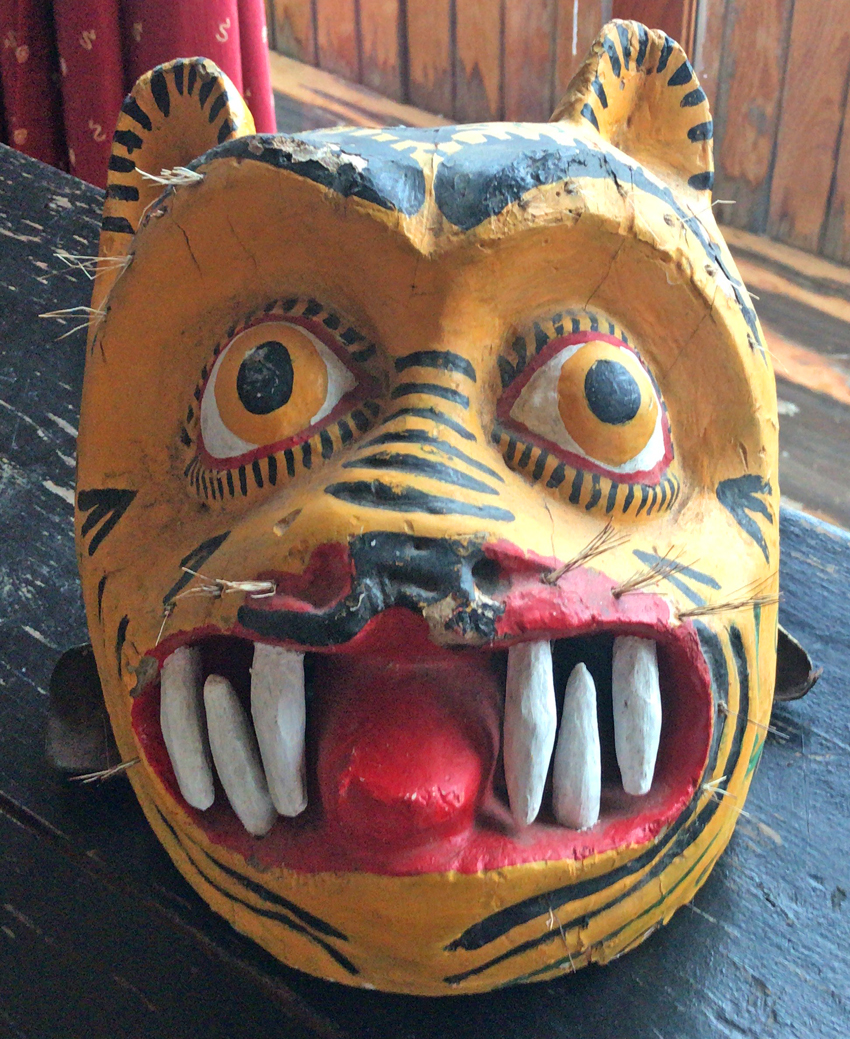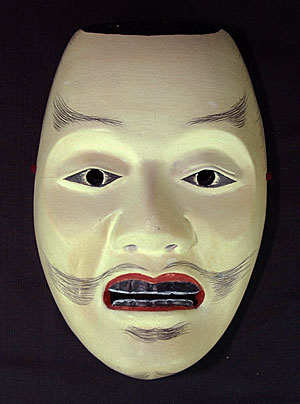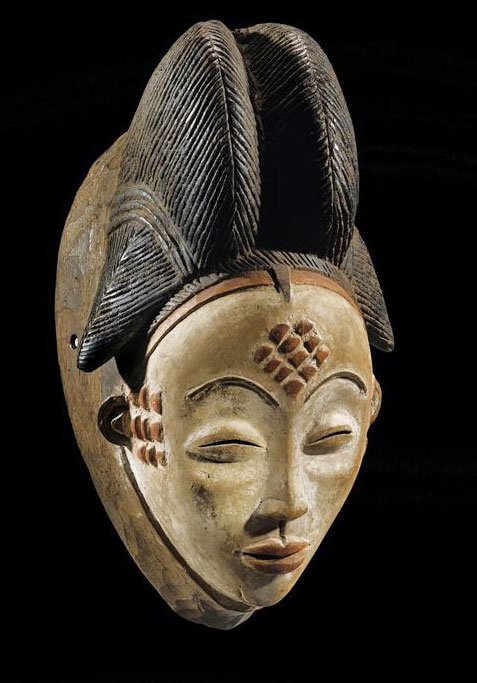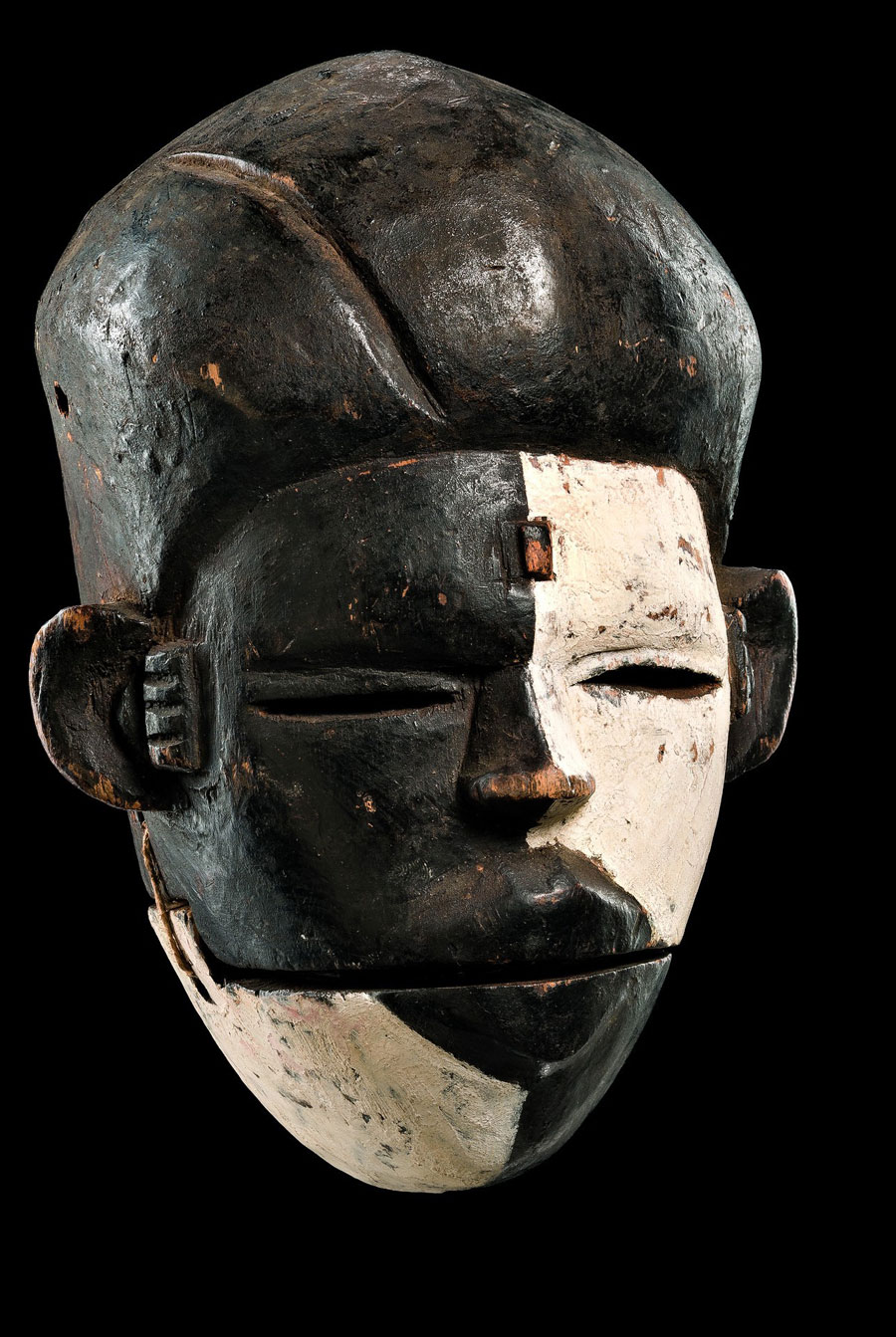 Q: I bought this mask at an antique store in Oaxaca de Juarez, Oaxaca, Mexico. The owner told me it was made in Zitlala, Guerrero, but it was used at the carnival in Penotepa Nacional, Oaxaca. He did not know how old it is, but that it was ‘very’ old. (perhaps the condition of the leather on the back offers some very rough terminus ante quem. It still has the whisker and eyebrow hair made from the bristle of wild javelina.
Q: I bought this mask at an antique store in Oaxaca de Juarez, Oaxaca, Mexico. The owner told me it was made in Zitlala, Guerrero, but it was used at the carnival in Penotepa Nacional, Oaxaca. He did not know how old it is, but that it was ‘very’ old. (perhaps the condition of the leather on the back offers some very rough terminus ante quem. It still has the whisker and eyebrow hair made from the bristle of wild javelina.
I want to get it restored somehow but don’t know where to go (I’m currently in Mexico and will likely take it back with me to New York.) I also need to know where to find javelina bristle. I will take it to an antiques specialist who can work on it, unless there’s a better option. I think it is really expressive and fascinating, though I’d like to know more about it. Josh, 1767
A: This tigre is made to be worn on the top of the head. There may be several villages in Oaxaca where the dancers do this. Not so in Zitlala, Guerrero, where heavy-leather helmet masks are used and are much different. I’m unsure about this mask’s age. Don’t restore it. It looks good as is.
For those of you new to Mexican masks, Tigre is the old, local term for jaguar, which was one of the two big cats that used to inhabit parts of the country. The mountain lion was #2. Unfortunately, both have disappeared thanks to human population growth. B 







One Comment
Antonio Medina
Hi! I’m a little late to the conversation, but I wanted to add that this mask is originally from Apango, Guerrero, possibly made in the 60s. This mask represents the “tecuan” in the Dance of the Mayesos. Its bearer also has the function of being the individual in charge of carrying the guajolotes and chickens that will be sacrificed in the religious rituals of the town. It really is a very rare type of mask, hopefully its owner didnt made the mistake of restoring it.